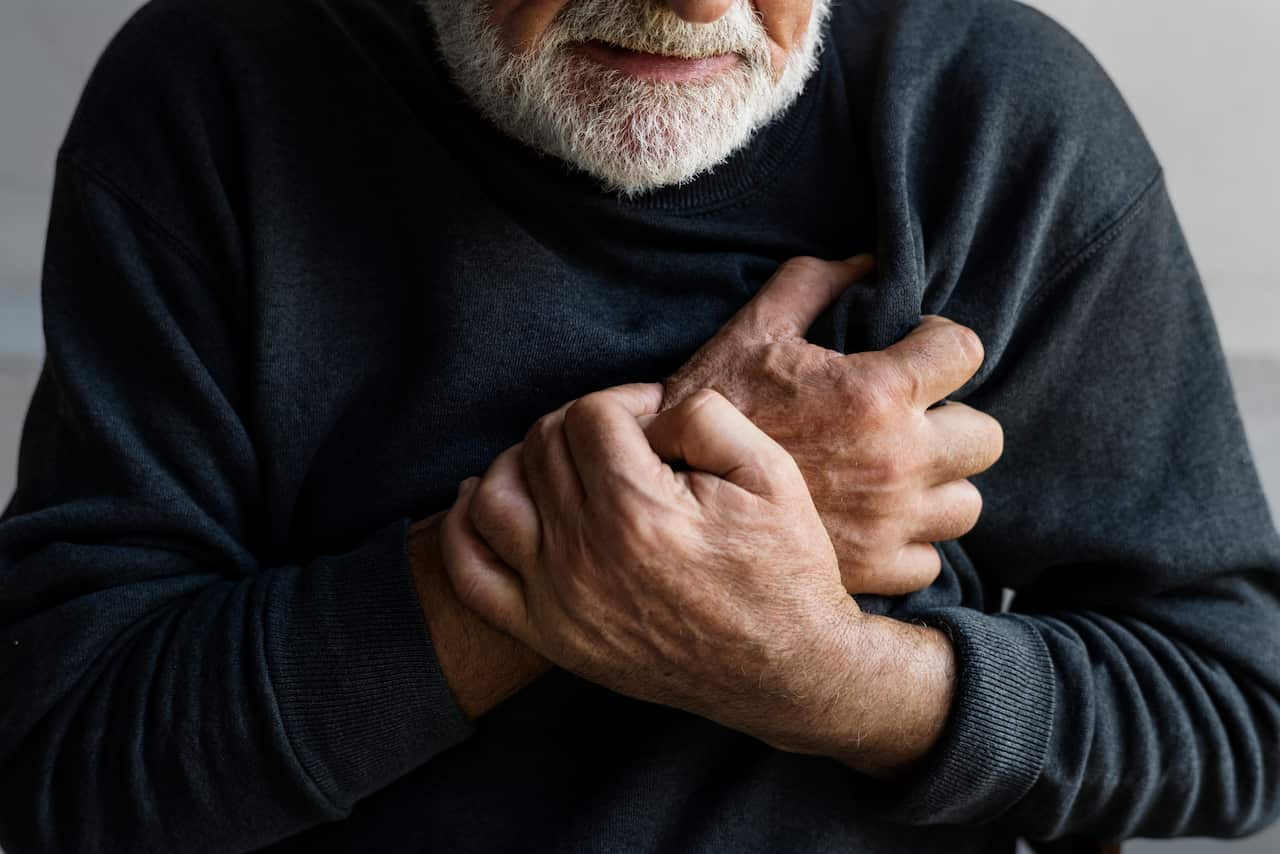Heart specialists say they are concerned by new research finding women with a type of serious heart attack are half as likely as men to get proper treatment.
The report from the University of Sydney found women admitted to hospitals with ST-Elevation Myocardial Infarction (STEMI) also die at twice the rate of men six months after being discharged.
STEMI, which accounts for about 20 per cent of all heart attacks, occurs when fatty deposits on an arterial wall cause a sudden blockage of blood to the heart.
“We wonder if there's an unconscious bias that's occurring. There shouldn't be any differences in the treatment for this kind of heart attack,” the study’s co-author, University of Sydney’s Professor Clara Chow told SBS News.
"It could be that health services underestimate that women are at higher risk when they have a heart attack- and they may hence be undertreating them because of that.”

STEM occurs when fatty deposits on an arterial wall cause a sudden blockage of blood to the heart. Source: iStockphoto
The study is based on data taken from hospitals across all Australia between February 2009 and May 2016.
On average, almost one Australian died from a heart attack every hour in 2016, according to the study.
“It might be due to poor awareness that women with STEMI are generally at higher risk, or by a preference for subjectively assessing risk rather than applying more reliable, objective risk prediction tools.
Professor Chow is urging the medical community to take notice of the study.
"I think what we can do immediately is look at the treatments that patients are getting after they leave hospital," she said.
“We need to do try and understand this better. We need to raise awareness with health services that this is occurring, so we can consciously try and address this gap."
Professor Chow said the disparity might be due to poor awareness that women with STEMI are at higher risk, but ultimately, more study is needed.
Another type of heart attack, spontaneous coronary artery dissection (SCAD), is the leading cause of heart attack in women under the age of 50.
Eighty per cent of SCAD patients are women.
According to The Heart Foundation, women can experience different symptoms of a heart attack than men.
"Heart attacks are not always what you think. While chest pain is the most common symptom for men and women, women are more likely than men to experience the non-chest pain symptoms such as jaw and back pain, nausea and fatigue," said Julie Anne Mitchell, National Spokesperson on Women's Health.
Aboriginal and Torres Strait Islander Australians are twice as likely to have a heart attack than non-Indigenous Australians, research from The Heart Foundation shows.
Hospitalisation for ischaemic heart disease (also known as coronary artery disease) was two times higher for Indigenous males and three times higher for Indigenous females, making indigenous females one of the most at-risk groups for heart attacks.
An Australian National University study released last month found up to half of older Indigenous Australians were at high risk of cardiovascular disease, but that significant numbers of people aged in their 20s were also at risk.
“Current national guidelines for cardiovascular disease risk assessment recommend all First Nations people aged 35 and over have a heart check,” Minister for Indigenous Health Ken Wyatt AM said.
“This new research suggests we should broaden our focus to include a whole-of-life approach to heart health, to ensure Aboriginal and Torres Strait Islander people receive the best preventive care for cardiovascular disease.”
- with AAP.



